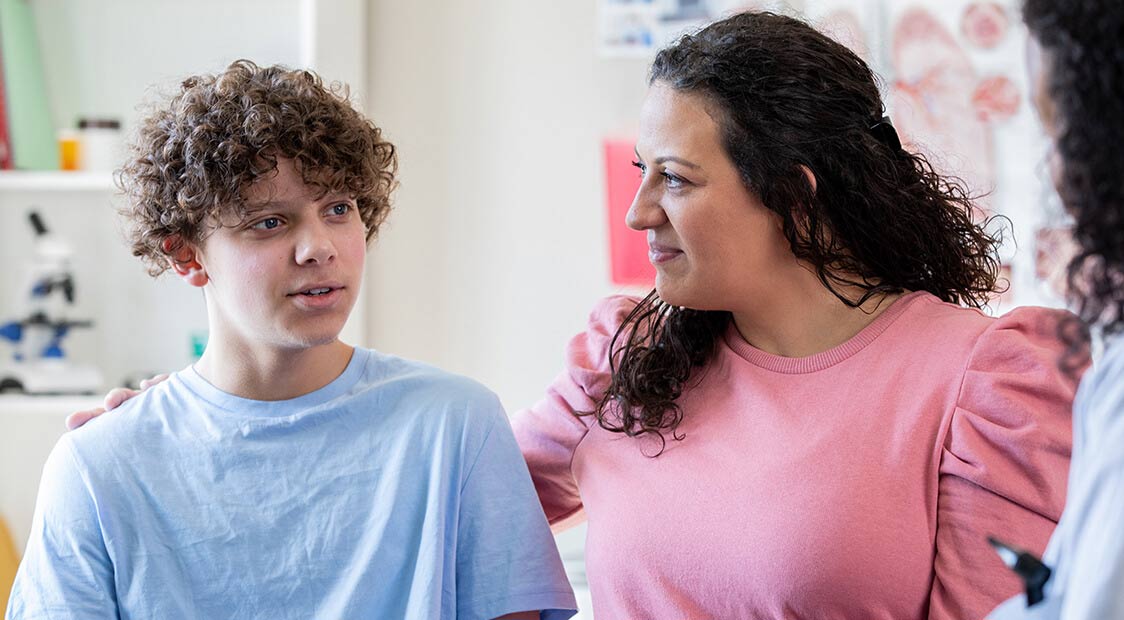Medical physics supports effective cancer treatment
By Christina L. Mershell
Share:

International Day of Medical Physics
We have celebrated the International Day of Medical Physics on November 7th since the event started in 2012. This day honors Marie Sklodowska-Curie who was born in 1867 and is known for her important work on radioactivity.
The International Organization for Medical Physics (IOMP) and the International Atomic Energy Agency (IAEA) started this initiative. Its goal is to raise global awareness about the important role of medical physics in healthcare. It also aims to highlight how medical physicists contribute to patient diagnosis, treatment, and care. This year's theme for the International Day of Medical Physics is “Inspiring the Next Generation of Medical Physicists.”
Marie Sklodowska-Curie, The First Medical Physicist
According to an article from the IAEA, Marie Curie is often referred to as the first medical physicist. She was the first person to use the principles of physics in medicine to diagnose and treat diseases.
Curie also championed the use of radiation in medicine and changed our understanding of radioactivity. She used her knowledge of physics and her understanding of medicine to help people in need. In doing so, she created a new field called radiation science. This field now helps ensure quality in the diagnosis and treatment of millions of patients around the world.
What is Medical Physics?
Medical physics uses physics concepts and procedures in the prevention, diagnosis and treatment of disease. Medical physics includes areas, such as radiotherapy physics, diagnostic radiology physics, nuclear medicine and radiation protection. Other areas of interest in medical physics include the measurement of ionising radiation, magnetic resonance imaging, and the application of lasers, ultrasound, and other technologies which utilize physics concepts as applied to medicine.
Medical physicists are important to ensure the safe and effective use of radiation in medicine. These goals of quality are achieved using QA/QC protocols in the context of radiation-related technologies, radiation therapy dose planning and verification, diagnostic image optimization and dose reduction, and data management and analysis, all of which are based on an in depth understanding of radiation physics principles and radiation technology.
Medical Physics at the UF Health Proton Therapy Institute
In the field of radiation oncology, improvements for patient care and in creating a precise treatment plan are often made at microscopic or subatomic levels that are not visible to the human eye. For these discoveries, we turn to a group of medical physicists who are highly skilled in particle physics, medical physics and human anatomy – the medical physics team.
The Institute employs nine medical physicists and multiple medical physics assistants. They use their knowledge to help develop and validate the treatment plans used in conventional radiation, such as X-rays or photons, and in advanced radiation oncology technologies like proton therapy.
When it comes to effective prostate cancer treatment, proton beam therapy does an excellent job targeting the treatment area while also minimizing the amount of radiation to nearby healthy bowel, rectal and bladder tissue. The UF Health Proton Therapy Institute is a leading academic health center. It focuses on research to improve proton therapy. The goal is to reduce side effects and enhance patient outcomes. Read more about the latest study from our medical physicist team using Linear Energy Transfer (LET) to improve prostate cancer treatment.
Inspiring the Next Generation of Medical Physicists
“Medical physics is a field that thrives on curiosity, dedication and a relentless pursuit of excellence. It is our responsibility to pass on these values to the next generation. We must inspire, mentor, and support young and aspiring medical physicists, showing them the transformative impact, they can have on healthcare and patient outcomes,” said Ibrahim Duhaini, PhD, MHA, FIOMP, DIMPCB IOMP Treasurer IDMP Coordinator.
At the UF Health Proton Therapy Institute, the radiation oncology physics residency program is a training program focused on radiation therapy medical physics. This three-year accredited program builds upon itself introducing multiple radiation therapy technologies, such as brachytherapy, photon therapy and proton beam therapy. Upon completion of this program, upcoming physicists will be assured they have some of the most state of the art training in radiation oncology.
The Institute also often hosts young students from the community with an interest in STEM. In 2023, over 20 high school students, teachers, and visitors took a tour at the UF Health Proton Therapy Institute. They came to learn about the many medical career opportunities available.
Students from Andrew Jackson High School and First Coast High School came from many grade levels. Some were in a physics class, some were in the medical magnet program and others were freshmen in the early college program. The group toured the facility, met staff and saw the technology used to treat cancer. Perhaps these students will be the next to advance the field of medical physics.


